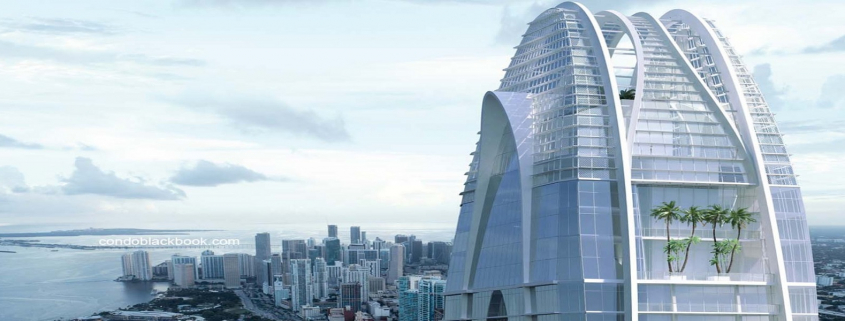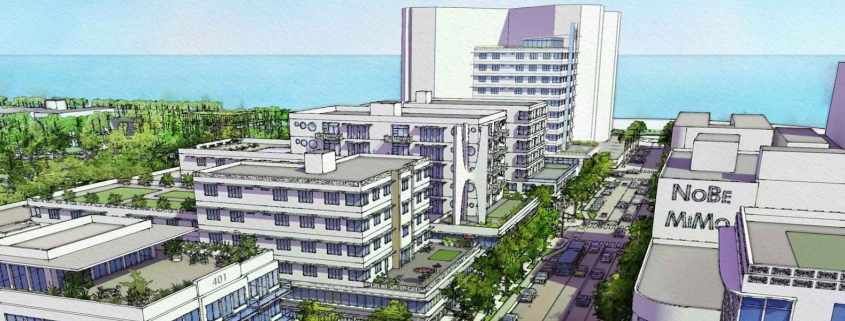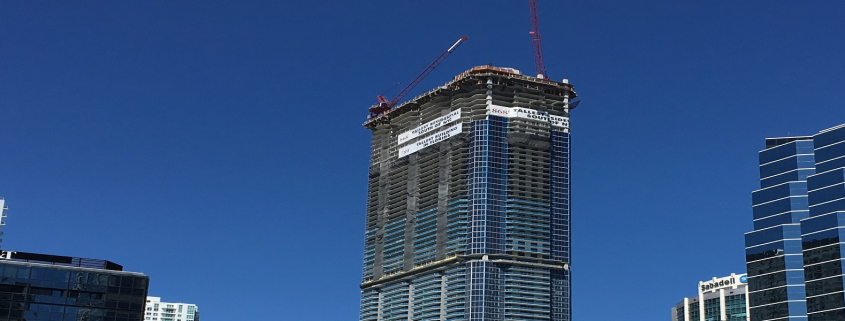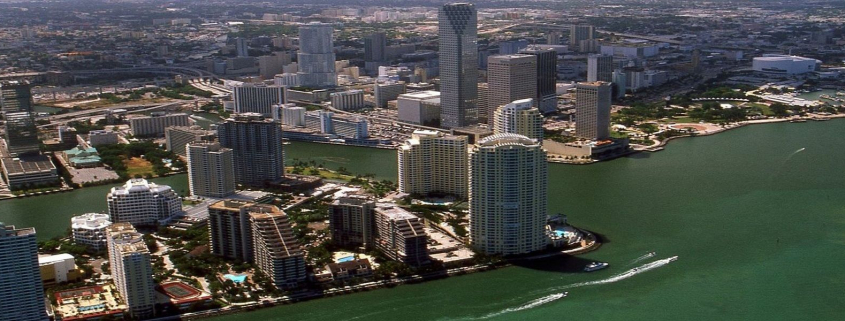In downtown Miami, where commuters dash to make trains, college students study for degrees and accused criminals are brought to justice, a developer from Istanbul is gearing up to break ground on a 70-story, 890-foot tower that will stake a claim as the state’s highest skyscraper.
 Billionaire businessman Bekir Okan envisions a mixed-use high-rise whose residents and visitors can swim in a pool on the 70th floor, relax in a Turkish bath, and stay overnight in a Hilton-branded hotel. Located at 555 North Miami Ave., west of Biscayne Boulevard and northwest of Miami-Dade College, the project carries a $300 million price tag — fully financed by Okan himself, his company says.
Billionaire businessman Bekir Okan envisions a mixed-use high-rise whose residents and visitors can swim in a pool on the 70th floor, relax in a Turkish bath, and stay overnight in a Hilton-branded hotel. Located at 555 North Miami Ave., west of Biscayne Boulevard and northwest of Miami-Dade College, the project carries a $300 million price tag — fully financed by Okan himself, his company says.
The project is designed to contain 153 residential condo units, 236 condo-hotel units, a 294-room full service hotel and 90,000 square feet of office and meeting room space. The entire 66th floor will be devoted to a restaurant.
In a nod to Miami’s reputation as a place for experimental architectural design, the building’s silhouette will take the shape of a tulip, the national flower of Turkey. The proposed structure would rise slightly north of the main federal courthouse — which takes the shape of a cruise ship.
“We are going to be the tallest in Miami,” said architect Robert Behar, whose firm, Behar Font & Partners, designed the building. “We are going to be among the tallest south of New York. In Miami for certain.”
The building would slightly edge out the recently opened 868-foot Panorama Tower on Brickell Avenue in Miami, which eclipsed the nearby Four Seasons Tower, which stands at 789 feet.
Behar, who said he has grandparents who immigrated from Turkey to the U.S. in 1910, said he wanted to create a design that would reflect his client’s cultural roots.
“I started looking for a traditional symbolic reference I could incorporate into the building without being so literal,” Behar said. “The tulip was the most powerful graphic I could use … leaving a lasting impression on the skyline.”
As with Fort Lauderdale and West Palm Beach, the new Brightline commuter rail service entered the conversation as a partial inspiration for planting a project of this size in Miami’s downtown, once known as a moribund area plagued by false starts and failed projects. The site of the now demolished Miami Arena, original home of the Miami Heat and Florida Panthers, is a short walking distance from the Okan Tower construction site.
“To be able to get to Orlando and Tampa from here is fantastic,” Behar said of Brightline’s future expansion plans. “I didn’t think it was going to happen in my lifetime.”
Kasim Badak, who heads Okan’s business operations in the U.S., said Okan’s interest in developing a project grew as he periodically visited Miami over the last 20 years. His youngest son attended the University of Miami.
“He loves Miami and the diversity of the people,” Badak said.
Okan was out of the country and unavailable for comment for this article. But Badak said Okan has decades of experience operating businesses in Turkey and two Central Asian states — Turkmenistan and Kazakhstan. The tower is his first U.S. real estate project. He founded his Okan Group of companies in 1972 and operates a university bearing his name in Istanbul. Three years ago, he opened a campus in Dania Beach that caters to business students.
During Okan’s visits to Miami, Badak said, he took stock of the city’s surging growth and “wanted to be part of the investment community in South Florida.”
“He told me to look for land in downtown Miami,” Badak recalled, “and last year, the company paid more than $18 million for a development site near Central Baptist Church. He said he is going to do a magnificent building. He wants it to be one of the trademarks of the city of Miami. Last week, the company was in the process of selecting a general contractor and negotiating a franchise agreement with Hilton.”
Okan wants to break ground in the late fall of this year and aims to complete the project in 2022. Badak said “close to 25 people” have put down deposits on units. The company operates a sales gallery on North Miami Avenue as well as one in Istanbul. In May, the company introduced the project at a launch party that drew more than 1,000 people at the Perez Art Museum Miami.
“Miami is a good place,” Badak said. “People come from South America and Europe, Africa and the Far East. There is a great potential here for everybody.”
Source: SunSentinel




